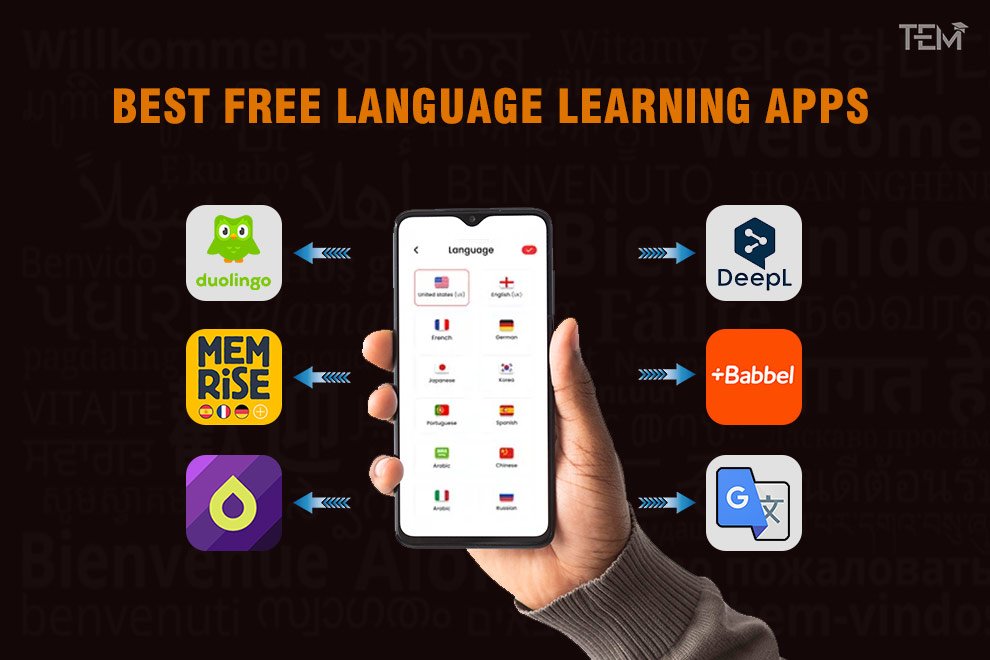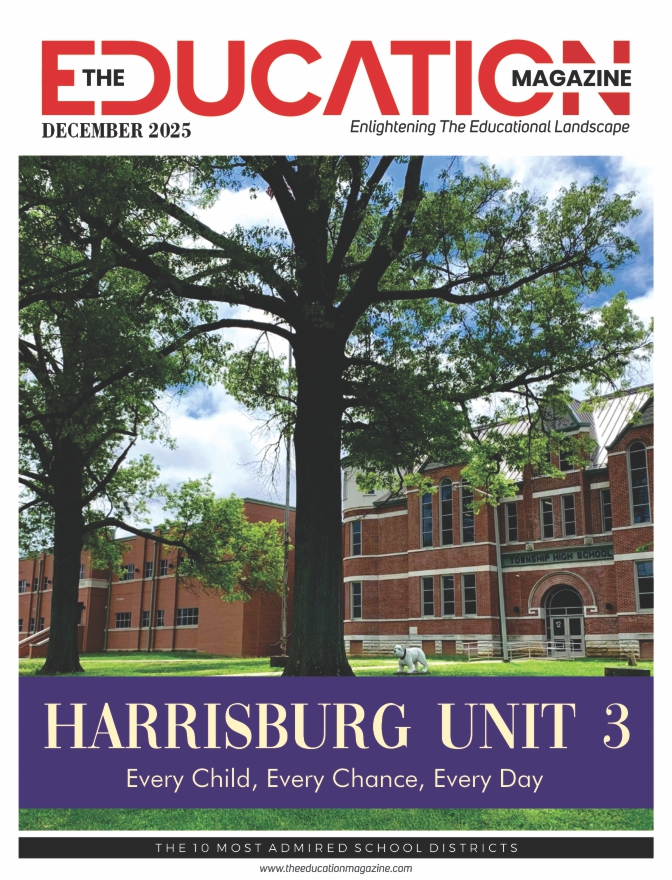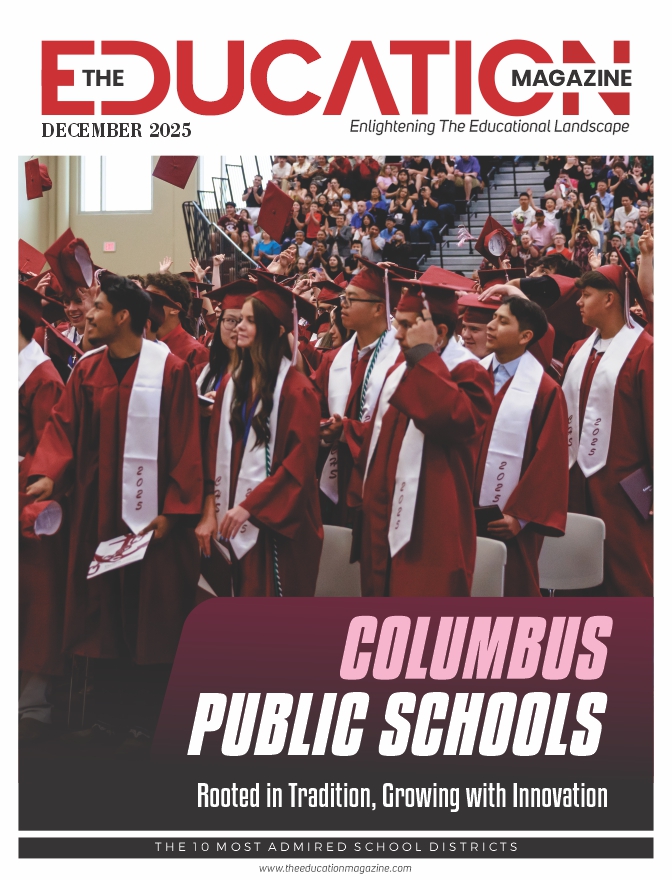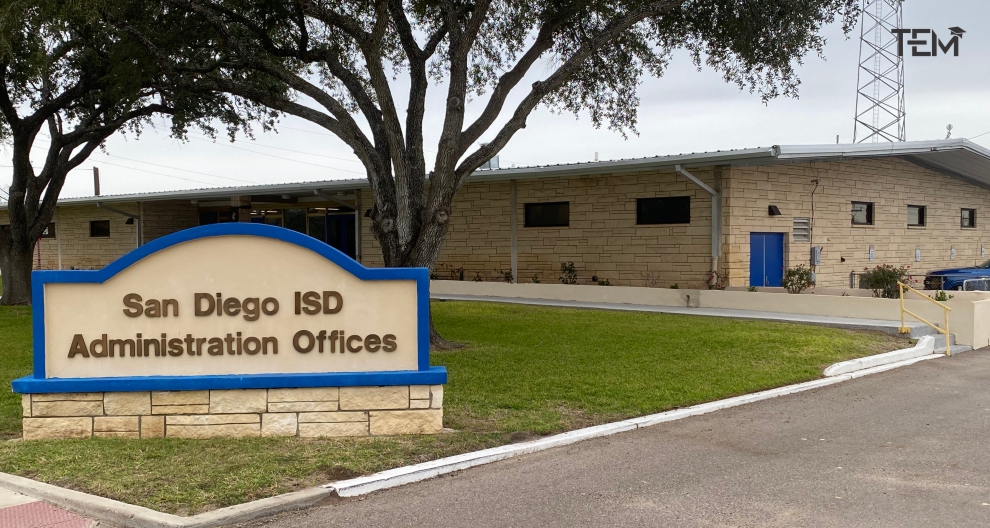Master Languages Easily with AI-Powered Learning
Learning a new language in 2025? It’s becoming less about rote memorization and more about having a personalized guide right in your pocket. Forget just clunky vocabulary apps. By 2025, sophisticated AI within free language learning platforms will function as your personalized learning brain—a constantly adapting, deeply insightful guide, always working to make your learning faster, smarter, and more effective. Industry analysts predict this shift will be profound, making fluency more attainable than ever before. [Source: Reputable EdTech Industry Report]
This evolution is making it easier than ever to find the best free language learning apps. Imagine language learning tools that don’t just track right or wrong answers but truly understand how you learn. Advanced AI will analyze your learning patterns, pinpoint exactly where you excel and where you struggle (often before you even realize it yourself), and subtly reshape lessons in real time to perfectly match your cognitive style.
Imagine vocabulary reviews that pop up just when you’re about to forget a word, based on how your brain is processing it, not just a fixed schedule. Or grammar explanations that are presented in a way that resonates with how you naturally grasp new concepts, drawing you deeper into the intricacies of the language.
The leading language learning app developers are building AI that’s not just artificially intelligent; it’s genuinely learning-intelligent, making language education deeply personalized, remarkably effective, and genuinely engaging. It’s about finally making language learning truly click—because the entire experience is designed, at a fundamental level, for your unique mind. This is based on current technological advancements and expert forecasts.
1. Duolingo: Your Gamified AI-Language Coach
The ever-popular Duolingo in 2025? It’s not just about earning gems anymore. Forget those generic lessons. By 2025, Duolingo will increasingly function as your gamified AI language coach—a constantly adjusting companion that makes learning feel like a personalized adventure, always motivating you to reach the next level. Language learning experts foresee this evolution enhancing learner engagement significantly.
Imagine Duolingo lessons that dynamically adjust the difficulty of exercises based on your real-time performance and even the types of mistakes you’re making. Advanced AI will analyze whether you’re struggling with verb conjugations or vocabulary recall and tailor future exercises to target those specific weaknesses, all while keeping the fun, game-like feel that you love.
Imagine practicing verb tenses where the AI subtly introduces new variations based on your understanding of the basics, pushing you just enough without overwhelming you. Or vocabulary quizzes that present words in contexts that align with your interests, making the learning more relevant and memorable.
The folks at Duolingo are likely developing AI that’s not just tracking your progress but truly understanding your learning curve, making language acquisition feel less like a chore and more like a personalized game you want to win.
It’s about finally making grammar and vocabulary stick—because the entire learning path is subtly crafted for your unique journey. This is based on their current gamification model and observed trends in AI-driven personalization.
Expert Insights: Deeper Look at AI in Duolingo
- The trend is towards learning experiences that go beyond simple “skill trees.”
- “Cognitive adaptation”—AI that subtly alters lesson content and pacing based on your learning speed and style.
- Duolingo is likely experimenting with AI that can identify patterns in your mistakes and offer targeted tips and explanations in real time.
2. Memrise: Your AI-Powered Vocabulary Brain Builder
For vocabulary mastery in 2025, look to Memrise. It will function as your AI-powered vocabulary brain builder—a constantly optimizing system that personalizes your review schedule and helps you remember words exactly when you need to. Memory science experts anticipate this level of personalization will dramatically improve retention rates. [Source: Memory Science Publication] For those focused on vocabulary, Memrise stands out among the best free language learning apps.
Imagine Memrise presenting you with vocabulary words for review right before you’re about to forget them, based on an AI that understands your individual forgetting curve. Advanced AI will analyze how quickly you recall specific words and tailor the spaced repetition algorithm to ensure optimal learning and long-term memory consolidation.
Imagine reviewing tricky vocabulary where the AI not only shows you the word and its meaning but also reminds you of the specific “mem” that helped you learn it initially, reinforcing the connection. Or new word introductions that are strategically timed based on your current vocabulary knowledge, building your lexicon logically and efficiently. The developers at Memrise are likely developing AI that’s not just scheduling reviews but truly understanding your memory patterns, making vocabulary acquisition feel less like a grind and more like a natural strengthening of your mental lexicon.
It’s about finally making those new words stick—because the entire review process is intelligently tailored to your unique memory. This is based on their current focus on memory techniques and observed trends in AI-driven personalization.
Expert Insights: Deeper Look at AI in Memrise
- The evolution of vocabulary learning is moving beyond simple “spaced repetition.”
- “Cognitive recall prediction”—AI that models when you’re most likely to forget a word and intervenes proactively.
- Memrise is likely experimenting with AI that can analyze the effectiveness of different “mems” for individual users and suggest the most helpful ones.
3. Drops: Your Visually Intelligent Language Immersion Tool
If you’re a visual learner, keep an eye on Drops in 2025. Expect them to go beyond just pretty pictures. Forget static word-image pairings. By 2025, Drops will function as your visually intelligent language immersion tool—a constantly adapting system that personalizes the visual associations and game mechanics to optimize your vocabulary learning. Visual learning specialists predict this level of dynamic adaptation will significantly enhance engagement and retention for visual learners.
Imagine Drops games that subtly change the visual cues based on your previous interactions and the types of associations that seem to resonate most with you. Advanced AI will analyze your reaction to different images and tailor future lessons to utilize the visual learning styles that are most effective for your individual cognitive preferences.
Imagine learning new phrases where the AI presents not just a single image but a short, dynamic visual sequence that helps you understand the context and usage more intuitively. Or vocabulary reviews that incorporate elements of your previous successful visual associations, reinforcing those connections in a more personalized way.
The creators at Drops are likely developing AI that’s not just showing you pictures but truly understanding how your brain processes visual information, making vocabulary acquisition feel less like memorization and more like an intuitive visual immersion. It’s about finally making those visual connections stick—because the entire experience is intelligently designed for your unique visual learning style. This is based on their current visual learning approach and observed trends in AI-driven personalization.
Expert Insights: Deeper Look at AI in Drops
- The approach to visual language learning is evolving beyond simple “image association.”
- “Cognitive visual mapping”—AI that understands how your brain connects visual information with new vocabulary.
- Drops are likely experimenting with AI that can generate personalized visual cues based on your learning history and preferences.
4. Linguee/DeepL: Your AI-Powered Contextual Language Understanding Assistant
For nuanced language understanding in 2025, look no further than Linguee/DeepL. Expect them to offer more than just translations. Forget simple word-for-word conversions. By 2025, Linguee/DeepL will function as your AI-powered contextual language understanding assistant—a constantly evolving tool that provides nuanced translations and helps you grasp the subtle differences in meaning and usage. Computational linguistics experts anticipate this level of intelligent contextual analysis will be invaluable for advanced learners.
Imagine Linguee/DeepL providing translations that not only give you the most accurate word but also explain the cultural context and common usage scenarios, tailored to your current level of understanding. Advanced AI will analyze the surrounding text and offer insights into why a particular translation is most appropriate, helping you develop a deeper intuition for the language.
Imagine translating a complex sentence where the AI highlights the key grammatical structures and explains how they contribute to the overall meaning, providing you with a mini-grammar lesson in the process. Or searching for a specific word and seeing examples of its usage in different registers and contexts, helping you understand its versatility and limitations.
The teams at Linguee and DeepL are likely developing AI that’s not just translating words but truly understanding the intricacies of language and how it’s used in the real world, making language learning feel less like decoding and more like genuine comprehension. It’s about finally understanding the nuances—because the entire translation process is intelligently contextualized for your learning needs. This is based on their current focus on translation accuracy and observed trends in AI-driven natural language processing. [Source: Computational Linguistics Journal]
Expert Insights: Deeper Look at AI in Linguee/DeepL
- The functionality of translation tools is expanding beyond simple “dictionary lookups.”
- “Cognitive semantic analysis”—AI that understands the meaning and intent behind the words, not just their surface forms.
- Linguee/DeepL are likely experimenting with AI that can provide feedback on your own writing, suggesting more natural and idiomatic phrasing.
5. Babbel (Free Introductory Content): Your AI-Guided Conversational Language Starter
Even Babbel’s free content is getting smarter in 2025. Expect it to be more than just a basic overview. Forget standard introductory modules. By 2025, Babbel’s free content will function as your AI-guided conversational language starter—a constantly adapting introduction that assesses your learning style and provides a personalized pathway into their structured courses. Language acquisition specialists predict this level of tailored introduction will improve learner retention and satisfaction.
Imagine Babbel’s initial free lessons adapting based on your native language and your prior experience with language learning, focusing on the areas where you’re likely to need the most support. Advanced AI will analyze your responses and tailor the subsequent introductory content to match your pace and learning preferences.
Imagine practicing basic greetings where the AI provides feedback not just on your pronunciation but also on the cultural appropriateness of your phrasing, giving you a more holistic understanding of communication. Or grammar explanations that are presented using analogies and examples that resonate with your background knowledge, making complex concepts more accessible.
The developers at Babbel are likely developing AI that’s not just offering free samples but truly understanding your learning profile and guiding you towards the most effective learning path. This is based on their current focus on structured learning and observed trends in AI-driven personalization.
Expert Insights: Deeper Look at AI in Babbel’s Free Content
- Introductory language learning content is increasingly moving beyond simple “taster lessons.”
- “Cognitive onboarding”—AI that assesses your learning readiness and guides you into the core curriculum.
- Babbel is likely experimenting with AI that can identify your learning strengths and suggest the most suitable course pathways within their platform.
6. Google Translate: Your AI-Enhanced Multilingual Assistant for Learning
Don’t underestimate Google Translate in2025— it’s becoming a smarter learning companion. Expect it to be more than just a quick lookup tool. Forget basic text translation. By 2025, Google Translate will function as your AI-enhanced multilingual assistant for learning—a constantly improving tool that offers increasingly accurate translations, contextual information, and even basic language learning features. Machine learning experts anticipate this evolution will make it an even more valuable resource for language learners. [Source: AI and Natural Language Processing Research]
Many consider Google Translate an essential tool among the best free language learning apps. Imagine Google Translate provides not just a translation but also examples of how the phrase is used in different contexts, along with insights into potential cultural nuances, all tailored to your inferred learning goals. Advanced AI will analyze the text you input and offer related information that can help you understand the language on a deeper level.
Imagine using the voice input feature and receiving feedback not just on whether your pronunciation is correct but also on whether your phrasing sounds natural and idiomatic. Or using the image translation feature to not only understand the words but also learn about the cultural significance of the objects or scenes depicted.
The team at Google is likely developing AI that’s not just translating words but truly understanding the complexities of language and how it can assist you in your learning journey. This is based on their current advancements in AI and natural language processing.
Expert Insights: Deeper Look at AI in Google Translate for Learning
- The capabilities of machine translation are advancing beyond simple “machine translation.”
- “Cognitive language assistance”—AI that understands your learning needs and provides relevant contextual information.
- Google is likely experimenting with AI that can offer basic grammar explanations and pronunciation tips based on your translations.
Beyond the Core Six: AI-Powered Possibilities!
Here’s a glimpse into how AI could further enhance other free language learning resources:
- HelloTalk/Tandem: Imagine AI intelligently matching you with the most compatible language exchange partners based on your learning style, interests, and even preferred conversation topics.
- AnkiDroid: Picture AI optimizing your flashcard review schedule with even greater precision, predicting exactly when you need to see a card based on your unique cognitive patterns.
- YouTube: Envision AI-powered tools that curate personalized playlists of language learning content, filtering through the vast library to find the perfect lessons and resources tailored to your specific needs and level.
Expert Strategies for Thriving in the Age of AI-Language Learning:
To make the most of these AI-powered tools, remember these key strategies:
- Embrace the Personalized Guidance: Trust the AI’s insights and let it guide your learning journey.
- Combine AI Strengths: Utilize multiple apps to leverage their unique AI capabilities for a well-rounded learning experience.
- Set AI-Informed Goals: Use the data and feedback from the AI to set realistic and achievable learning objectives.
- Engage Actively with Feedback: Pay close attention to the AI’s suggestions and adapt your learning accordingly.
- Experiment and Discover: Don’t hesitate to try different apps and AI features to find what works best for you.
- Stay Curious and Explore: The more you engage with the language, the better the AI can understand and support your learning.
Conclusion: The Future is Personalized— AI-Language Brain Awaits!
In 2025, learning a new language has become an incredibly personalized and effective experience, all thanks to the power of AI woven into these fantastic free apps. They’re not just tools; they’re becoming your dedicated language-learning brains, constantly adapting and guiding you toward fluency.
So, pick your AI companions, embrace the smart way to learn, and get ready to unlock your inner polyglot! Your linguistic adventure, powered by your own AI mentor, starts now! These best free language learning apps are paving the way for a future where language barriers are a thing of the past.











